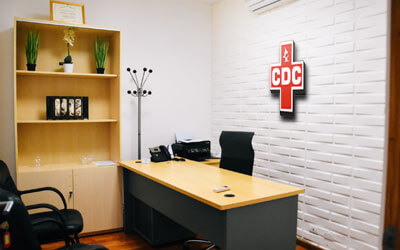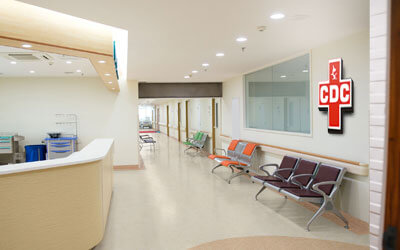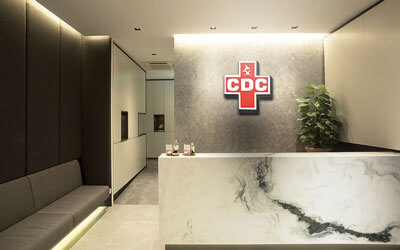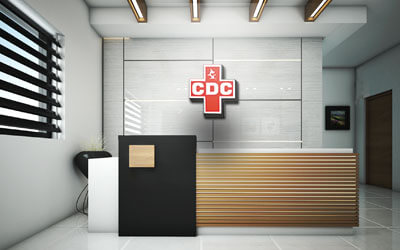A computed tomography (CT or CAT) scan allows doctors to see inside your body. It uses a combination of X-rays and a computer to create pictures of your organs, bones, and other tissues. It shows more detail than a regular X-ray.
You can get a CT scan on any part of your body. The procedure doesn't take very long, and it's painless.
How Do CT Scans Work?
They use a narrow X-ray beam that circles around one part of your body. This provides a series of images from many different angles. A computer uses this information to create a cross-sectional picture. Like one piece in a loaf of bread, this two-dimensional (2D) scan shows a “slice” of the inside of your body.
This process is repeated to produce a number of slices. The computer stacks these scans one on top of the other to create a detailed image of your organs, bones, or blood vessels. For example, a surgeon may use this type of scan to look at all sides of a tumor to prepare for an operation.
What Is It Used For?
01
CT scans can detect bone and joint problems, like complex bone fractures and tumors.
02
If you have a condition like cancer, heart disease, emphysema, or liver masses, CT scans can spot it or help doctors see any changes.
03
They show internal injuries and bleeding, such as those caused by a car accident.
04
They can help locate a tumor, blood clot, excess fluid, or infection..
05
Doctors use them to guide treatment plans and procedures, such as biopsies, surgeries, and radiation therapy.
06
Doctors can compare CT scans to find out if certain treatments are working. For example, scans of a tumor over time can show whether it’s responding to chemotherapy or radiation.
Magnetic resonance imaging (MRI) systems provide highly detailed images of tissue in the body. The systems detect and process the signals generated when hydrogen atoms, which are abundant in tissue, are placed in a strong magnetic field and excited by a resonant magnetic excitation pulse.
Hydrogen atoms have an inherent magnetic moment as a result of their nuclear spin. When placed in a strong magnetic field, the magnetic moments of these hydrogen nuclei tend to align. Simplistically, one can think of the hydrogen nuclei in a static magnetic field as a string under tension. The nuclei have a resonant or "Larmor" frequency determined by their localized magnetic field strength, just as a string has a resonant frequency determined by the tension on it. For hydrogen nuclei in a typical 1.5T MRI field, the resonant frequency is approximately 64MHz.




